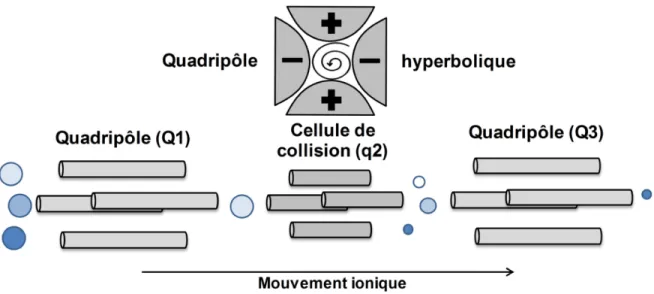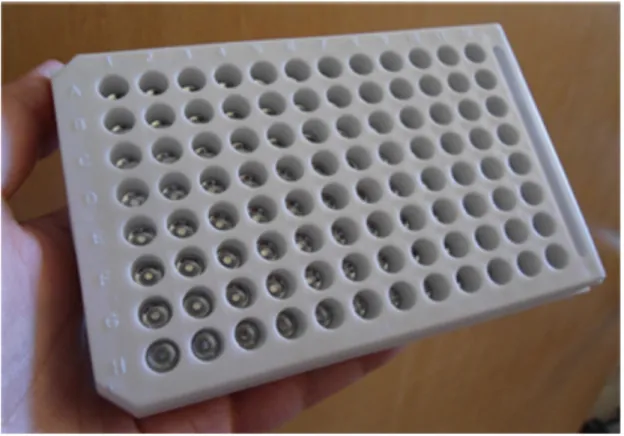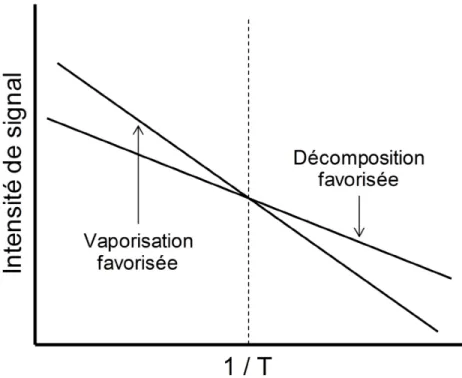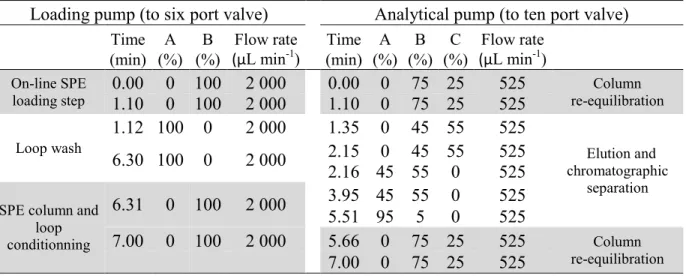Nouvelles stratégies pour l’analyse des cyanotoxines par spectrométrie de masse
Texte intégral
Figure
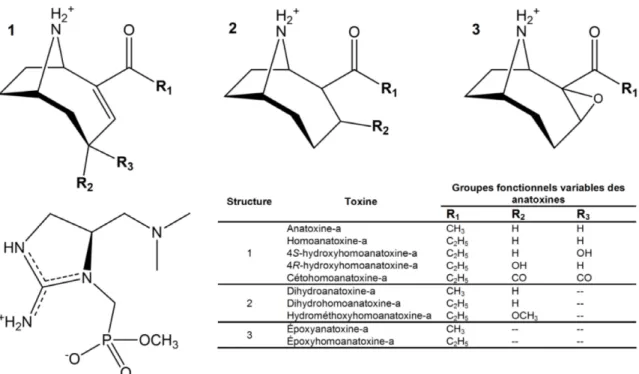
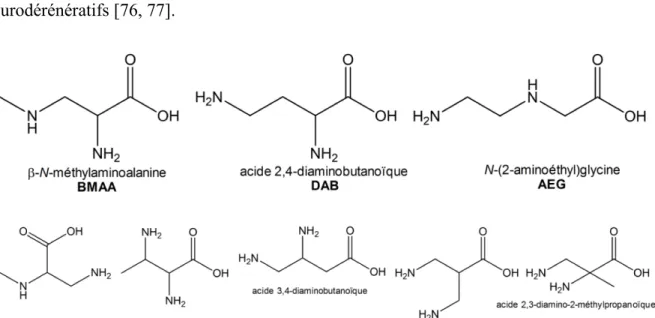
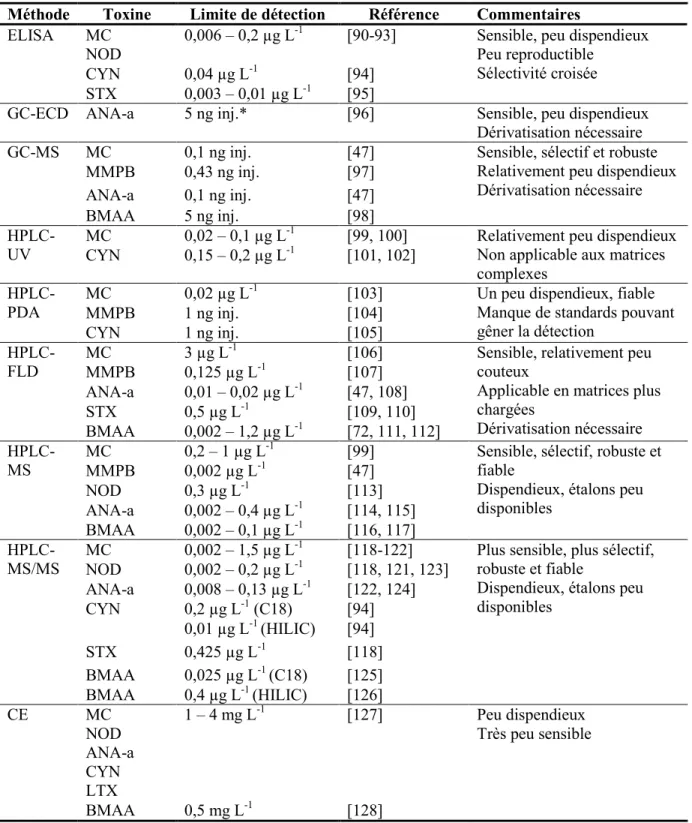

Documents relatifs
Dans la première étude (A), composée de trois expérimentations, nous présentons l’influence de la texture, en l’absence de contact tactile, sur l’attitude
The availability of genomic resources has been particularly use- ful to investigate B cell repertoires in fish, both for the description of the genomic organization of Ig loci,
To test the above hypothesis we examined tissue uptake and elution kinetics, equilibrium deposition levels, and arterial wall distribution profiles for a model
Khi so sánh với kết quả mô phỏng theo phương pháp FEM với phương pháp FVM và thực nghiệm với 3 mức điện trường đặt khác nhau cho thấy mô hình có
In addition to the basic indicators (citation numbers and journal impact factor), the measures used by INSERM include the number of publications in the first 10 of journals ranked
All kinds of ions can be trapped simultaneously and since parametric resonances are proportional to the square root of the charge/mass ratio the EIBT can be used as a mass
L’archive ouverte pluridisciplinaire HAL, est destinée au dépôt et à la diffusion de documents scientifiques de niveau recherche, publiés ou non, émanant des
A first part of our study focused on chemical ionization of seven SQTs using H 3 O + reactant ions and the subsequent fragmentation of the protonated SQT in the collision cell of
